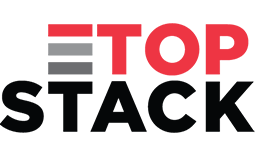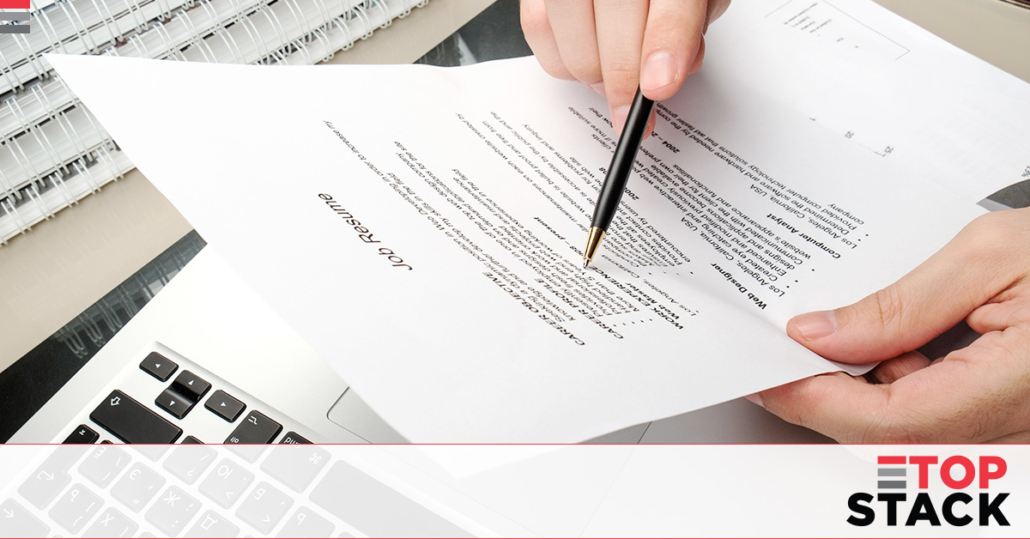4 Daily Habits To Help Make You More Successful

Have you ever noticed how some people just get more done? These high producers seem to be at the top of their game, which seems to be multitasking and checking things off their to-do list.
If you’re not one of the most highly productive people, you might be envious of these task jocks, which make life look a lot easier than it may feel to you. What is their secret? Are they doing something every day to make them more efficient? What daily tasks can you do to improve your success in your job and life?
- Make a list and check it twice – or 20 times.
Hyper efficient people almost always write down a list of things they want to accomplish that day. Sitting quietly with a cup of coffee while road mapping the day helps most people stay more efficient in accomplishing their goals. For anal-retentive types, crossing things off your list is also kind of addictive. It shows you’re making progress on your day when others may have stalled. For those of you that are technology-inclined, you can also make notes on your phone or download an app to help you list and accomplish tasks throughout the day.
- Work out before work.
If you’re not a morning person, you may hate this suggestion, but seriously, if you work up a good sweat before you go to work, you will get your frustrations out and be calmer in the office. You will also think more clearly. Also, working out naturally produces adrenaline, so you’ll feel more energized. Like sitting quietly and making notes and task lists, a workout before work is something you have control over. When you get to work that may be a different story. - Practice mindfulness and the art of singular focus.
When you get to work, it may be easy to get overwhelmed with the chaos of having so many tasks, people interrupting your train of thought, angry customers or whatever you have to deal with as part of your job. The practice of mindfulness requires the person focus only on the task in front of them. Instead of stressing over all the things coming up, what is the one thing you’re supposed to work on now? If you’ve made a task list, you should know what’s next, right? Mindfulness fosters a sense of clarity, organization, and calmness in your mind. While most of us multitask, using the practice of mindfulness will keep you from being overwhelmed with how much you have to do. The most successful people only check these communication tools a few times a day to minimize their distractions. This helps them focus on the task at hand, which can be completed more quickly if your train of thought isn’t interrupted. Being responsive is one thing, but it can destroy your attention span and slow down your primary tasks. - Limit access to communication platforms.
If you’re trying to focus on the task at hand, having a Slack or IM pop up, an email or even having someone stick their head in your doors is distraction that will make you less efficient.
Contact Top Stack about ways to improve your performance on the job. We’re here to help!












